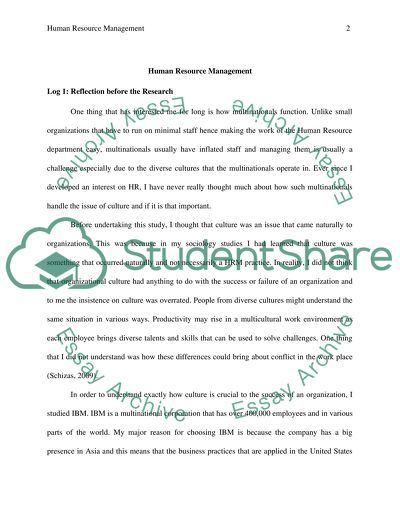Cite this document
(Human Resource Management at IBM Scholarship Essay - 26, n.d.)
Human Resource Management at IBM Scholarship Essay - 26. Retrieved from https://studentshare.org/human-resources/1628294-human-resource-management
Human Resource Management at IBM Scholarship Essay - 26. Retrieved from https://studentshare.org/human-resources/1628294-human-resource-management
(Human Resource Management at IBM Scholarship Essay - 26)
Human Resource Management at IBM Scholarship Essay - 26. https://studentshare.org/human-resources/1628294-human-resource-management.
Human Resource Management at IBM Scholarship Essay - 26. https://studentshare.org/human-resources/1628294-human-resource-management.
“Human Resource Management at IBM Scholarship Essay - 26”, n.d. https://studentshare.org/human-resources/1628294-human-resource-management.


